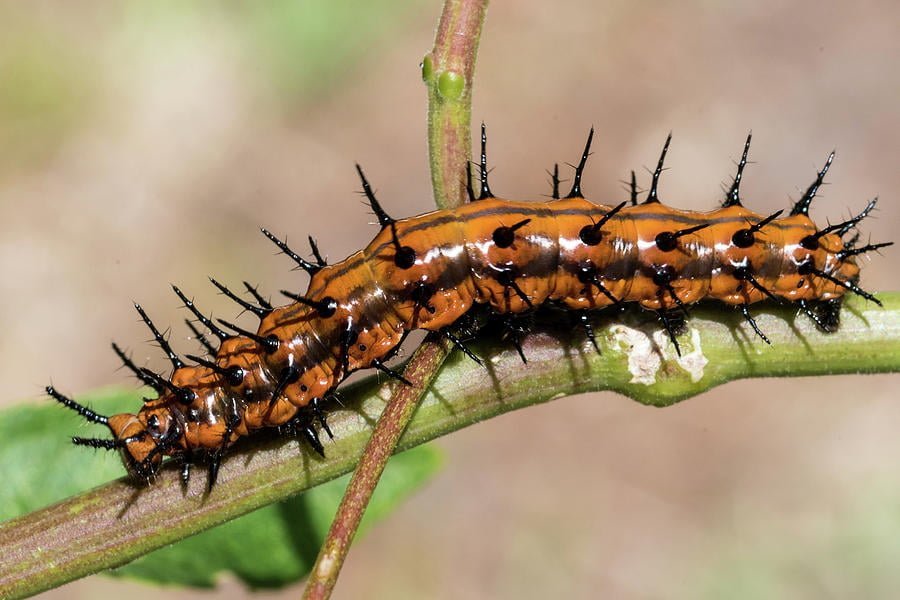A “larval host plant” refers to a plant species that serves as a food source for the larvae of certain insects or butterflies. In the life cycle of many insect species, including butterflies and moths, the adult females lay their eggs on or near specific plants that will provide nutrition for the hatching larvae. These plants are known as larval host plants.
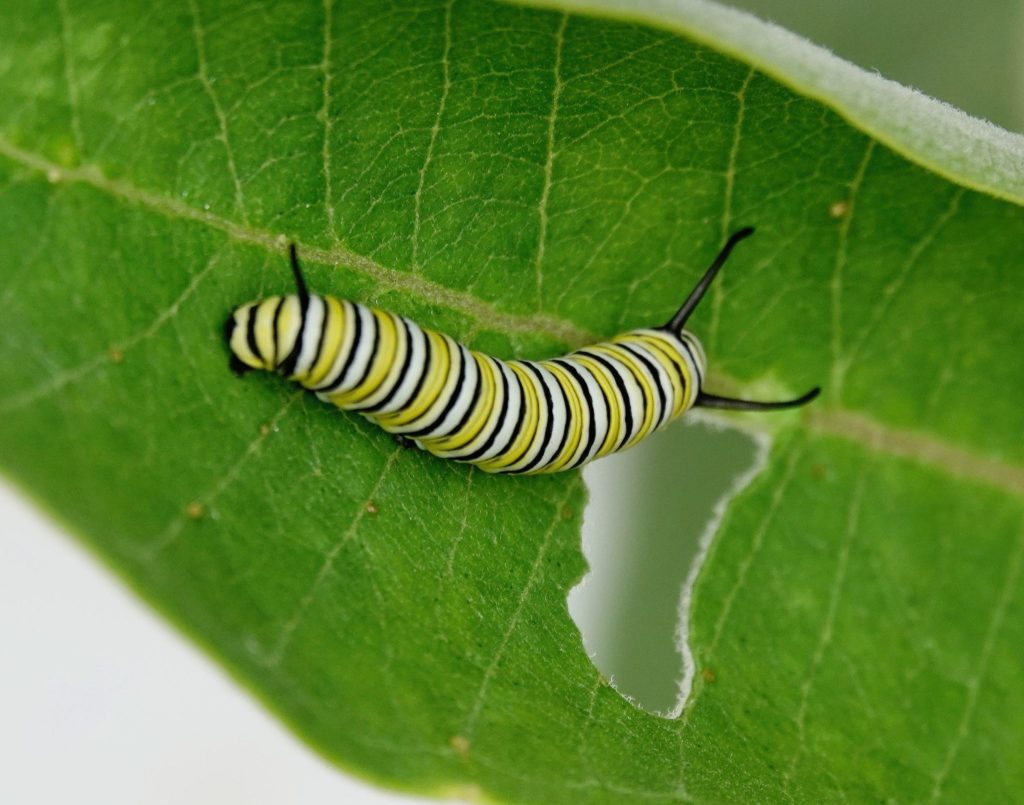
When the eggs hatch, the emerging larvae, also known as caterpillars or larvae, feed on the leaves, stems, or other parts of the larval host plant.
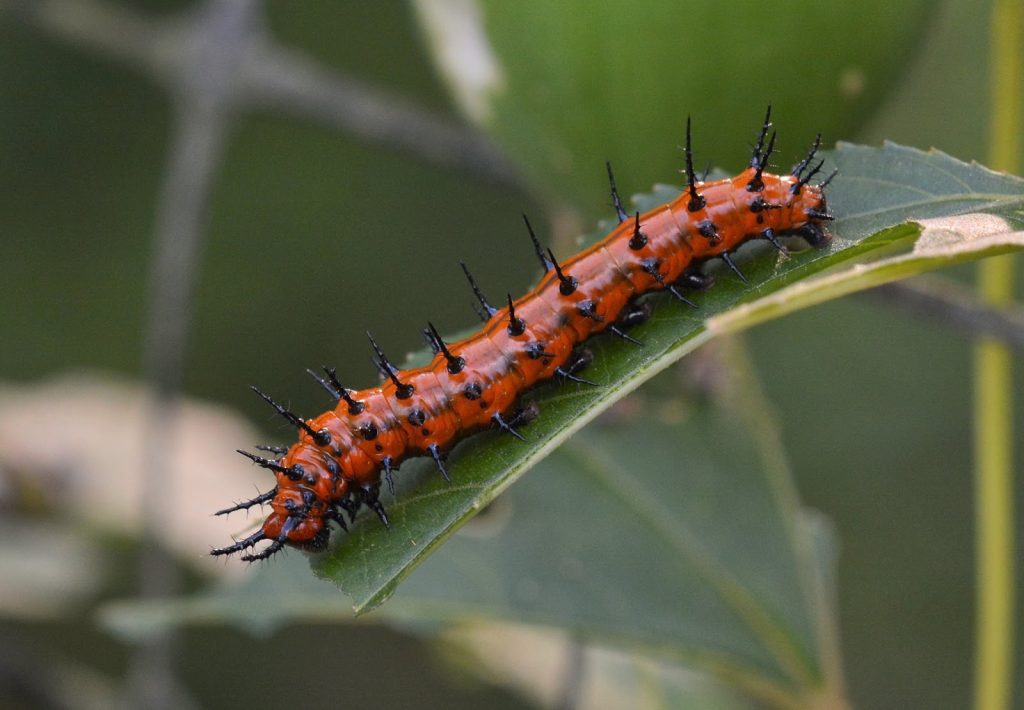
Larval host plants are crucial for the survival and growth of the larvae, as they provide essential nutrients and energy required for their development. The caterpillars consume the plant material and undergo several molting stages as they grow. Once they reach maturity, they typically form a pupa or chrysalis and later emerge as adult insects.
Different species of insects have specific larval host plant preferences. For instance, the monarch butterfly (Danaus plexippus) relies on milkweed plants (Asclepias spp.) as its primary larval host plant.
The larvae of the Gulf Fritillary feed on Passionvines, like the Maypop Purple Passionvine.
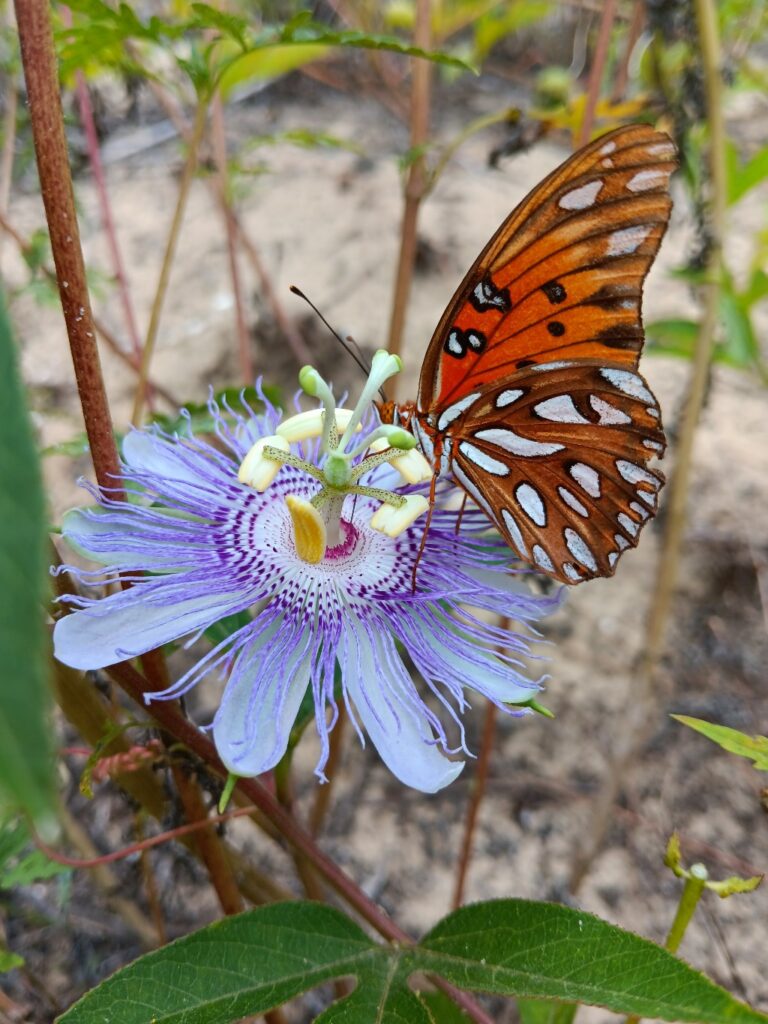
10 Florida-Native Maypop Purple Passionvine Seeds (Passiflora Incarnata)
Maypop Purple Passionvine Passiflora Incarnata seeds. Florida Native. 10 or more seeds.
The larvae of the eastern tiger swallowtail butterfly (Papilio glaucus) feed on the leaves of various trees, including black cherry (Prunus serotina) and tulip tree (Liriodendron tulipifera).
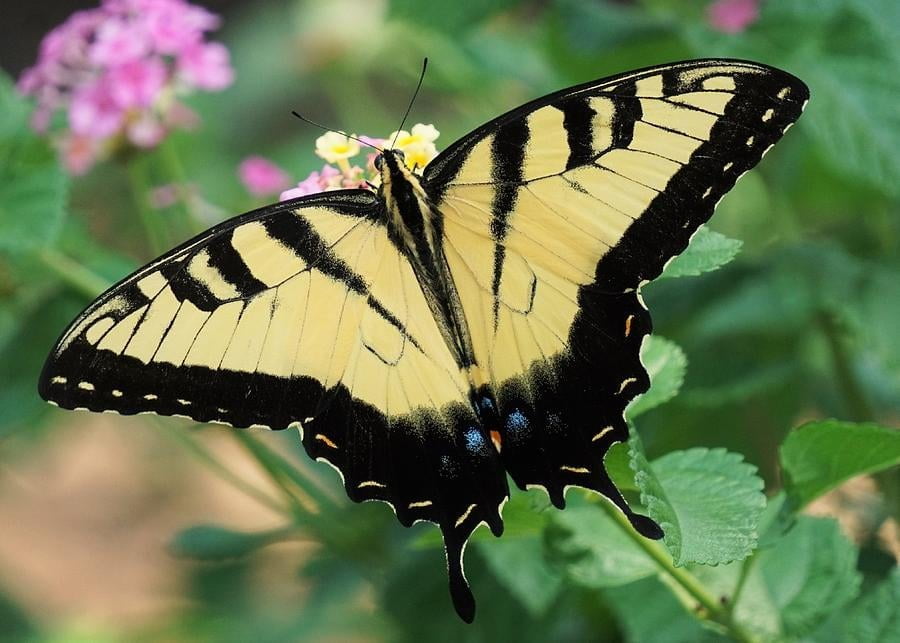
Larval host plants are vital for the conservation and preservation of insect populations, especially those with specific ecological requirements. By providing suitable larval host plants in gardens, parks, or natural habitats, it is possible to support and attract a diverse range of butterflies and other beneficial insects… one day at a time!

The Adventures of Johnny Butterflyseed – Author Signed First Edition Children’s Book
Save the monarchs!
Johnny Butterflyseed and his fairy friend, Raven Silverwing, embark on a mission to save the rapidly disappearing butterflies. They enlist the help of Queen Venus Goldwing and her kingdom of monarchs to educate and inspire kids to become butterfly farmers. At first, Johnny faces his own internal struggle with self-doubt and fear in his ability to make a difference, but then soon develops a mindset that allows him to not only get started, but also make progress one day at a time. Through challenge after challenge, Johnny learns that he is not alone in his mission and that there are many people who want to help. Together, Johnny, Raven, and Queen Venus educate thousands of children on becoming butterfly farmers.
